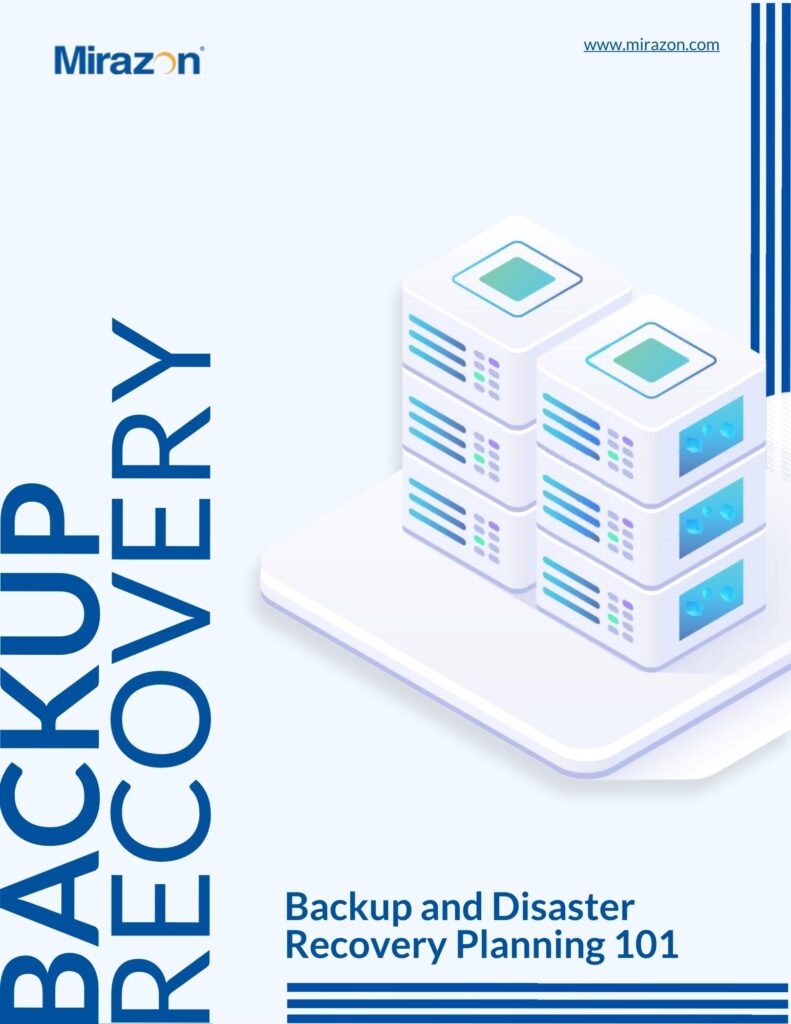
The storm systems that came through Louisville and the Midwest this week were a stark reminder that disasters can strike at any time. The powerful winds, heavy rains, tornadoes, and widespread flooding disrupted daily life and business operations, leaving many scrambling to recover. But it’s not just natural disasters we need to prepare for.
In today’s digital age, threats like cyberattacks and hardware failures can be just as devastating. That’s why having a solid backup and disaster recovery plan is essential. It ensures that, no matter what comes your way, your business can continue to operate smoothly and recover quickly from any type of disaster.
Why Backup and Disaster Recovery Planning is Crucial
Disasters come in many forms: natural events like floods, fires, or severe storms, and human threats such as cyberattacks, data breaches, or even internal mistakes and hardware failures. These events are often beyond our control, but their impact on your business can be mitigated with proper planning. Here’s why it matters:
Business Continuity
A well-designed disaster recovery plan enables your business to maintain operations during and after a disaster. This ensures minimal downtime and a quicker return to normalcy, which are essential for customer trust and financial stability.
Data Protection
Regular backups ensure that your critical data is safe and can be restored in the event of a disaster. This includes customer information, financial records, and operational data. Without these backups, you risk losing valuable information that could be difficult or impossible to recover.
Compliance
Many industries have regulatory requirements for data protection and disaster recovery. A robust plan helps ensure compliance with these regulations, avoiding legal penalties and maintaining your business’s reputation.
Key Elements of a Robust Backup and Disaster Recovery Plan
- Regular Testing and Updates: Your disaster recovery plan must be tested at least once a year. Simulating realistic scenarios ensures that your plan is effective and that your team is prepared. Regular updates to the plan are crucial to account for changes in systems, policies, and personnel.
- Documented Procedures: A formal, written disaster recovery plan should document all critical processes, contact information, and assets. This plan should define what keeps your business running (e.g., data backup, computer equipment, email accessibility) and how quickly you need to resume operations post-disaster.
- Frequent Backups: Regularly scheduled backups are vital for continuous data protection. Ensure you have both on-site and off-site backups to guarantee access to recent data in case of a disaster.
- Partnering with Experts: Small- to mid-size businesses often lack the resources to design and implement comprehensive disaster recovery plans. Partnering with a managed service provider (MSP) can help. MSPs provide the necessary infrastructure and expertise to maintain and test your disaster recovery plan regularly.
Proactive Planning for a Better Future
Being proactive about disaster recovery planning can save your business from significant downtime and data loss. Our guide, “Backup and Disaster Recovery Planning 101,” offers detailed steps to help your organization stay resilient.
If your organization was impacted by the recent storms or if you’re unsure about the strength of your disaster recovery strategy, we’re here to help. Let’s discuss how to keep your data protected and your business operational, no matter what comes your way.
Contact us today to learn more about how we can support your business in developing a robust backup and disaster recovery plan by calling (502) 240-0404 or emailing info@mirazon.com!
